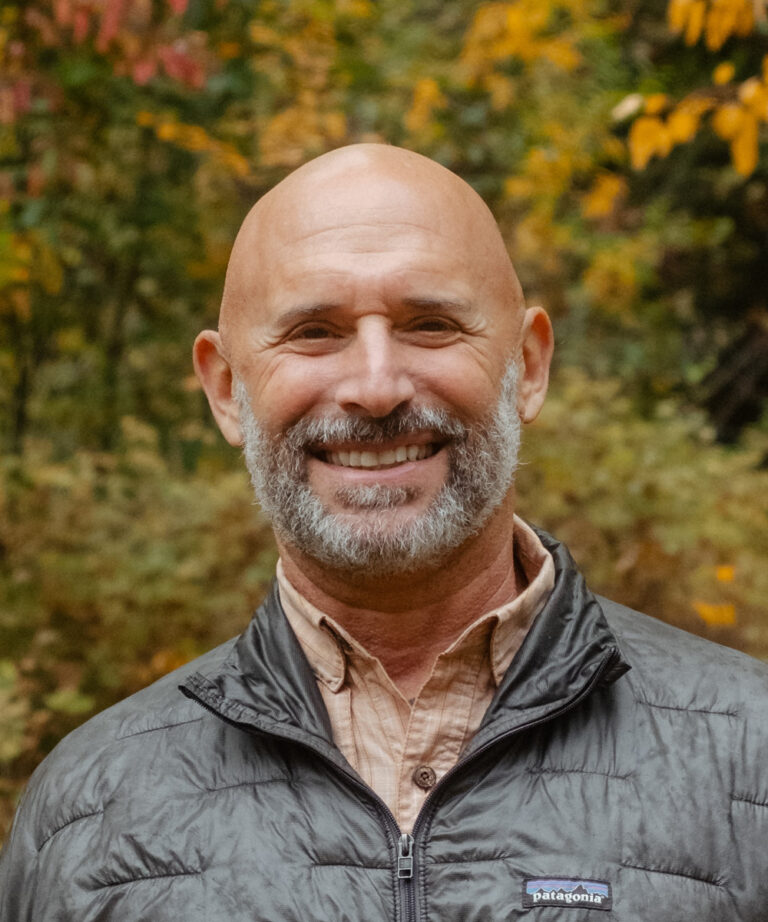It was a cool, spring day in early March 1966, when more than 70 people assembled on the east side of the Dishman Hills in the Spokane Valley to start a campaign to save this spot as a natural area for public enjoyment. These hikers were winter-weary and looking forward to stretching their legs while planning a new organization to do the job. Tom Rogers led the group. He was a biology teacher at University High School who had a deep appreciation of the beautiful natural settings in the Hills. With the prevailing spirit of the ‘60s to conserve our natural heritage, a great community success was starting in the Dishman Hills.
Rogers grew up on a western Montana farm. Early on, he was fascinated by nature. Bird watching and butterfly collecting were hobbies of his, which his family encouraged. Rogers’ earliest recollection, from only 4 years old, was his amazement upon finding a batch of eggs left behind by an imprisoned swallowtail butterfly. His interest carried into college, where he earned degrees in zoology from the University of Montana, Washington State University and Indiana University. Part of Rogers’ work was to catalog all the species involved when the Columbia Valley was flooded behind Grand Coulee Dam. Teaching biology was his calling, first on the prairies in eastern Montana, then in the western Montana mountains, and finally on to Spokane in 1957.
His first impression of Spokane was that Sprague Avenue seemed to run on forever. Right away, he joined the Audubon Society. That same year he stepped out of his valley house one day and spotted the wooded Dishman Hills to the southwest. Curiosity drew Rogers to the Hills, and he found a wondrous natural area with trails and a fascinating collection of plants and animals.

In the early 60s, Rogers started to formulate a plan to save the Hills. He wrote articles to newspapers and letters to the local government advocating a plan to set the Hills aside as a Natural Area. Much more was needed, and a grassroots effort was launched that spring day in March 1966. Rogers was the first president of the new non-profit organization, the Dishman Hills Natural Area Association. A hat was passed at the first meeting to start the long process of procuring the land to be saved. To celebrate this new beginning, a hike was announced, a hike that was well timed to the arrival of a new season of life in the forest. It was called the “Buttercup Hike” after the small yellow flower that heralds the beginning of spring.
Fifty years later, the Dishman Hills Conservancy still celebrates the work and the vision of Tom Rogers with the Buttercup Hike to keep the wonders of nature as part of our lives. In 1974, Rogers remembered overlooking the city from a Dishman Hills high point and seeing the World Expo in the distance. The contrast between the carpet of civilization before him and the surrounding peaceful forest drove home to him the value of the Hills. During the next 20 years, Rogers observed and listed every living thing that makes up the ecology of the growing Natural Area. He continued tirelessly on his project until his death in 1999. Rogers worked with an optimism that he was doing what we all knew was right. But we were often too distracted to see what really mattered. // (Michael Hamilton)
Editor’s Note: This is the first of a series of articles on the history of the Dishman Hills. To learn more about efforts to continue the legacy of conservation of this unique natural area, visit the Dishman Hills Conservancy at DishmanHills.org.
Buttercup Hike (April 9)
Join the annual Buttercup Hike to celebrate 50 years of saving the Dishman Hills. Meet at Camp Caro off Appleway Blvd. Saturday, April 9 at noon. Details and hike registry at DishmanHills.org.













